Background
Since 2016 Queen’s University Innovation Zones team have worked in partnership with two local community organisations to drive forward social innovation and improve outcomes for children, young people, families and the community as whole.
The two communities we work with are the The Greater Shankill Children & Young People Zone and the Colin Neighbourhood Partnership (CNP).
find out more about our partners here.
Our Approach
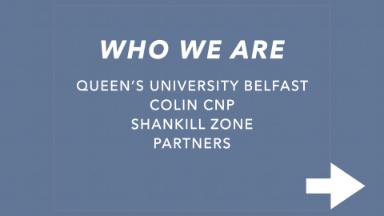
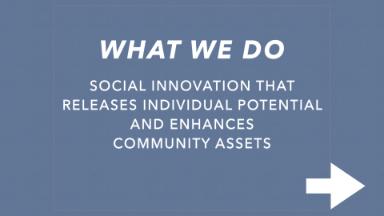
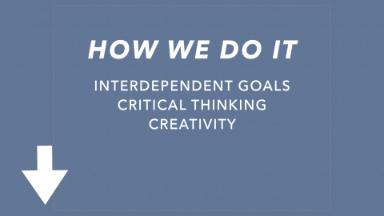
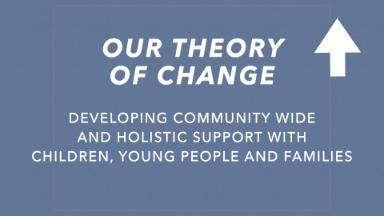
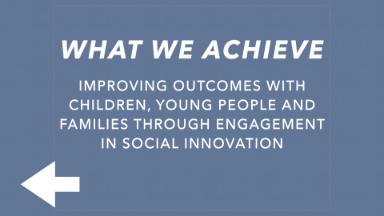
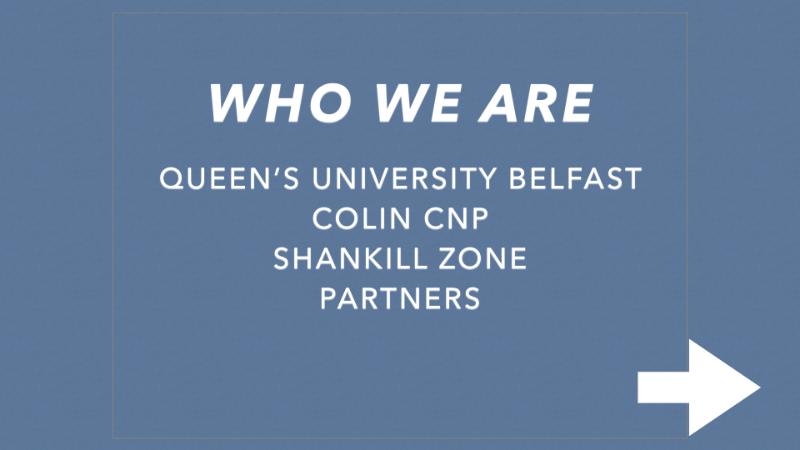
The Innovation Zones are community based partnerships between Queen’s University and the Colin and Shankill areas of Belfast. We began working the Colin Neighbourhood Partnership (CNP) and Shankill Children and Young People’s Zone (Zone) in 2016 with an investment from the University focused on engaging local communities facing disadvantage with research.
In fact, the Colin and Shankill areas are among the most disadvantaged communities in Northern Ireland across a wide range of outcomes. This cannot and should not be ignored. However, these same disadvantages viewed in a different way reveal huge potential for improving outcomes with the children, young people and families living in these two communities.
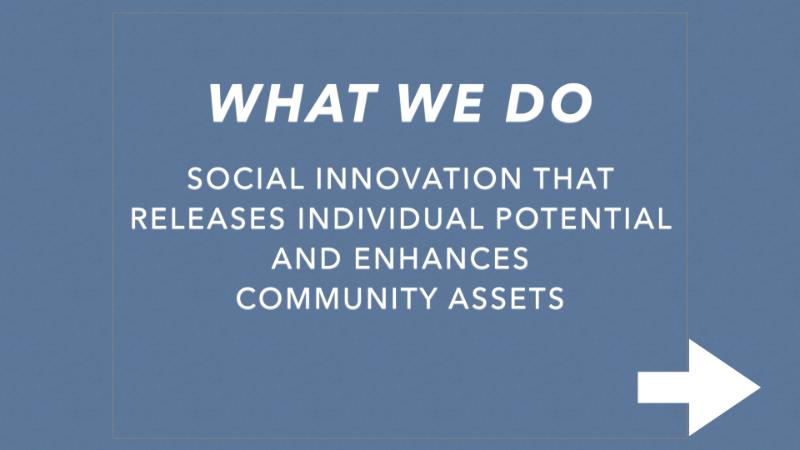
The Shankill Zone and CNP are essential and widely connected community assets. So when combined with the best available evidence and research methods, available through Queen’s University, the Innovation Zones are an ideal mechanism for producing world class social innovation.
Working together we drive social innovation in the form of innovative evidence based programmes and practices that have considered not only what works, but also who it works for and if is appropriate for its context. It is also the case that our theoretically driven, evidence informed and methodologically rigorous approach creates social innovation that has both local relevance and scalable global appeal.
Find out about our projects here.
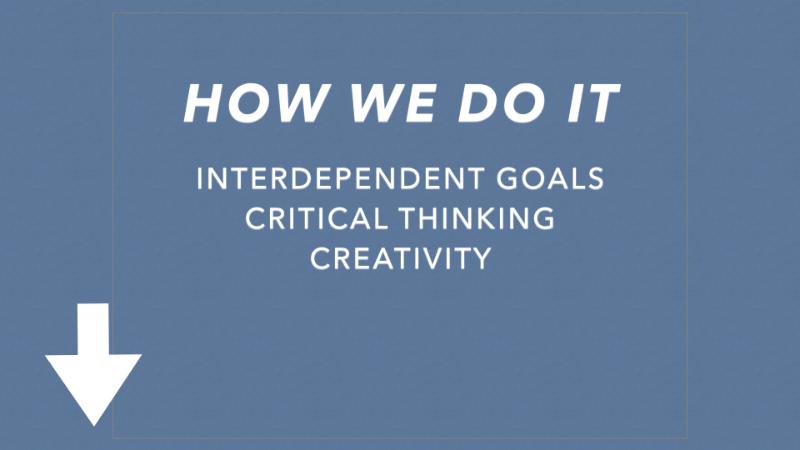
There are several important theory informed principles that underpin our collaboration. The first is setting interdependent shared goals .This is an important principle because it develops social innovation that is relevant to the respective community but importantly also provides research impact for the University. These shared goals ensure that we are conducting research with communities and not for communities, which leads to greater relevance and impact of the work for the community and university.
Another benefit of interdependent goals is that it fosters co-operative learning and good relationships. This is reinforced over time as we achieve more and more goals together. In fact, the length of community university collaborative relationships is consistently seen a key factor for successful social impact in the academic literature. The strength of our relationships provides an environment for our next principle, i.e., critical thinking. In order improve we need to challenge each other using data analysis, evaluation and community awareness to produce better impact of our research and practice. This is best done when relationships are long term and interdependent.
The final core principle is creativity. We foster creativity initially because we come from different perspectives as researchers, practitioners and community members. We enhance this further by ensuring we have interdisciplinary projects (e.g., education, health, arts) as well as adding creative influences by connecting to a wide range of other partners both locally (e.g. Ulster Orchestra, Public Health Agency and National Museums NI) and globally (Institute for Life Course Health Research in the Department of Global Health at Stellenbosch University and Yunus Centre for Social Business and Health).
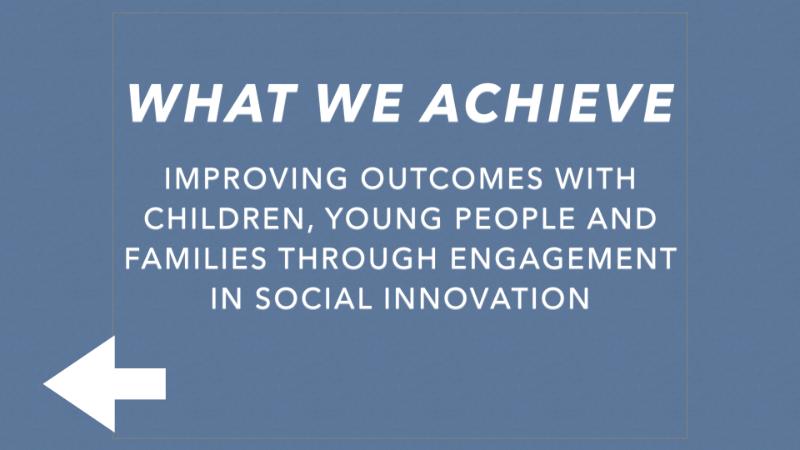
We have a core mission of improving the outcomes of children, young people and families in the most disadvantaged communities. There are many opportunities taken for granted across society that are not afforded to people facing adversity. Core to the work of the Innovation Zones is that we ensure social innovation is designed to include those who are typically are not provided such opportunities.
We recognise that engagement with support is the one of the hardest thing to do with individuals in challenging circumstances. However, supports are often designed for those who are not in the hardest to reach circumstances. We think our long term partnership consisting of local knowledge an evidenced based methods maximises engagement because it understands what works, for who and in what circumstances.
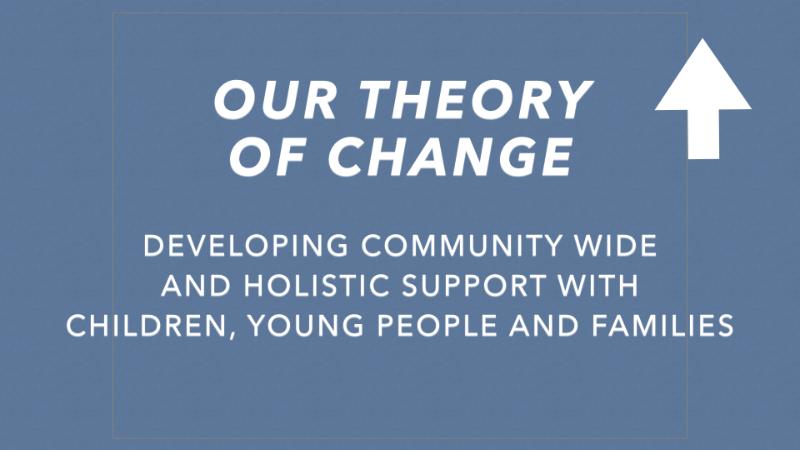
To ensure we improve outcomes we have a theory of change that guides our work. Our theory of change is informed by ‘whole child’ and ‘socio-ecological’ models. By that we mean that we are placing children and young people at the centre of the community, ensuring they have the support they need to flourish in all aspects of their life.
Through supporting them we will engage all members of the community from, family, schools, health and community facilities through to the researchers, funders and policymakers that are looking to address disadvantage in Northern Ireland and beyond. Our vision is that these cumulative efforts in social innovation with children, young people and families will reach a tipping point where we can make a positive social impact throughout the whole community and their support systems. So not only will the outcomes of children, young people and families be improved but this democratic approach will result in upward growth of community wide outcomes such as community pride, achievement and community self-efficacy.